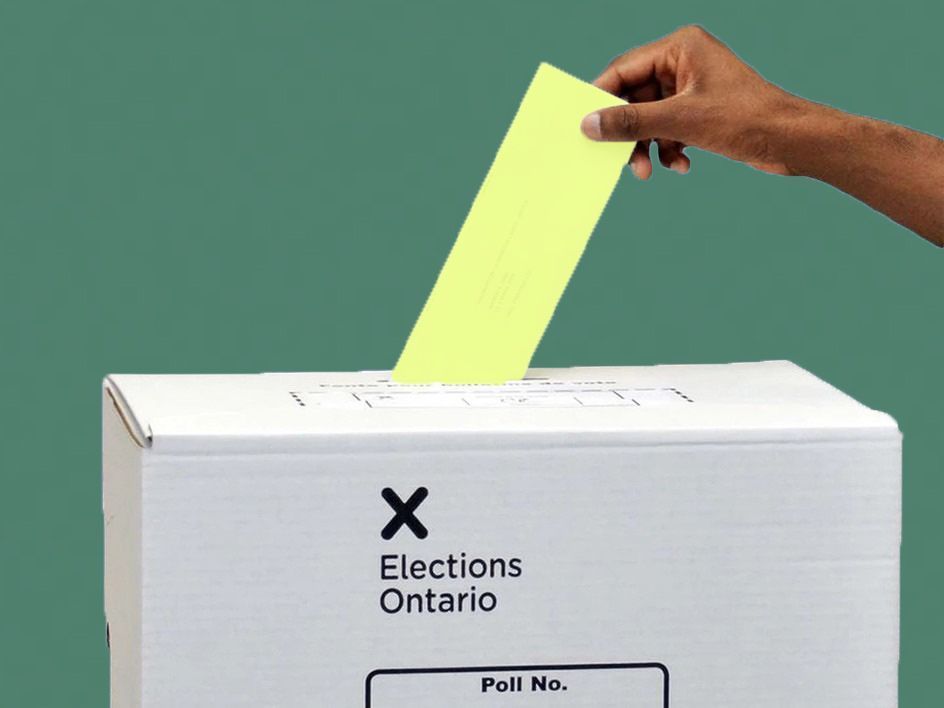
Article content By: Postmedia staff Who is eligible to vote? Everyone who is at least 18 years old, lives in Ontario and holds Canadian citizenship. Most eligible voters will receive voter information cards (VIC) in the mail. They are expected to arrive in mailboxes between Feb.
17-22. The VIC includes details about what district to vote in and the site of the local election office. In order to vote, one piece of valid ID is necessary.

The Elections Ontario website, , includes information of what ID is acceptable and how to update change of address and other information. To find your electoral district, enter your postal code in the online tool. This handy tool will show you your electoral district name, electoral district number, plus maps and more general information.
Can you vote without a voter Information card? Yes, providing you have proof of residence and have valid ID and show that information to election officials on voting day. Can you vote by mail? Yes, but in order to accomplish this, you must submit a vote-by-mail application before Feb. 21 — — and provide ID with home address information.
But no, you can’t vote online. How soon can someone vote in advance? Residents are eligible to vote in advance at the local election office in their riding until 6 p.m.
on Feb. 26. To do so, voters must present ID and fill out special ballot applications at local election offices.
Voters can also go to the advance polling station in their riding between Feb. 20-22. What about students attending school away from home? Ontario students can choose to vote in either their original home riding or in the district where they attend university or college.
Again, proof of address and ID is necessary. However, on-campus voting is only open to those who live on-campus. Students from Ontario who are studying outside the province can mail in their votes.
They must, however, fill out a Register of Absentee Voter form to receive voting kits. That same Register of Absentee Voter form applies to any Ontario resident who is working out of the province during the election. Is it possible to vote at home? Yes, in rare circumstances involving medical necessities.
Voters must contact local election offices to explain the circumstances. If approved, two election officials will bring a voting kit to your home. What if someone wants to officially decline their ballot? This is different from the 56 per cent of eligible voters in 2022 who chose not to get involved in the election.
A formal effort to decline a ballot is a legitimate option. A voter must tell an election official of their intentions and the official will write “declined” on the back of the ballot. Declined ballots are placed in a separate box and are counted on election night.
.















